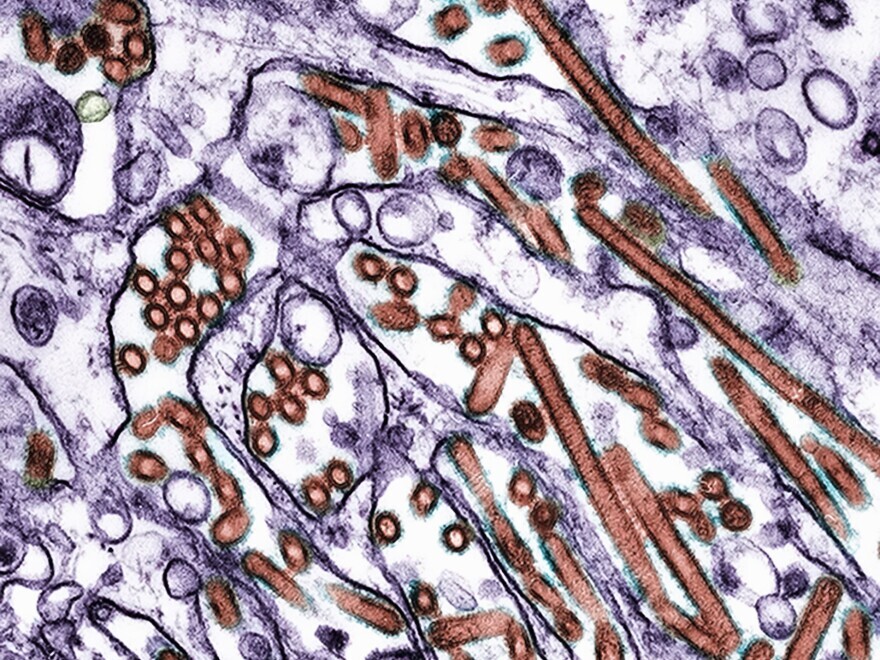The Louisiana Department of Health confirmed the first death from bird flu in the United States on Monday, marking a significant development in the ongoing spread of the H5N1 virus. The victim, an individual over 65 with underlying health conditions, had contracted the virus through exposure to both a backyard flock and wild birds. Although bird flu has been spreading across North America, the death is the first recorded fatality in the U.S., despite several human cases, most of which have not required hospitalization or resulted in death.
Historically, H5N1 has been a dangerous virus with a high mortality rate. Since its discovery in the 1990s, it has been associated with a death rate of around 50%, which is far higher than that of seasonal influenza (0.1%) or COVID-19 (2-3%). While the virus has caused significant concern globally, especially in countries outside of the U.S., this is the first instance of a fatality in the country, sparking fresh alarm among health officials.
Despite the severity of the virus, public health experts, including the Centers for Disease Control and Prevention (CDC), maintain that the risk to the general public remains low. The virus primarily affects poultry, and since last year, it has also been infecting dairy cows. Additionally, farmworkers and individuals exposed to poultry farms or wild birds have occasionally contracted the virus, but human-to-human transmission has not yet been confirmed.

The Louisiana patient’s case serves as a reminder of the potential dangers of H5N1, especially as it continues to evolve. Testing revealed mutations in the virus that suggest it may be adapting in ways that could make it more transmissible between humans. Although there is no definitive evidence that human-to-human transmission is occurring, these mutations raise concerns that the virus could become more infectious, possibly increasing the risk of a pandemic.
In a related case, a teenager in British Columbia, Canada, contracted the virus after contact with wild birds. This teen’s virus also exhibited mutations that could facilitate easier transmission and reproduction in the human respiratory system. This type of mutation makes it more likely for the virus to spread through airborne particles, such as coughing, which could further increase the risk of an outbreak.
The H5N1 virus shows no signs of slowing down. The USDA confirmed more avian flu outbreaks in five U.S. states, including infections in poultry farms. Additionally, there have been several reports of domestic cats contracting the virus, some of which have died. In response to the ongoing threat, the U.S. Department of Health and Human Services allocated $306 million to support efforts in surveillance, testing, and outreach to high-risk groups, including livestock workers.
Though there are currently no approved human vaccines for H5N1 in the U.S., pharmaceutical companies such as Pfizer, Moderna, and GlaxoSmithKline are working to develop vaccines. The recent developments have raised concerns about the U.S. government’s preparedness in handling this potential public health crisis, especially as the virus continues to spread and mutate, highlighting the importance of vigilance and effective response strategies.
